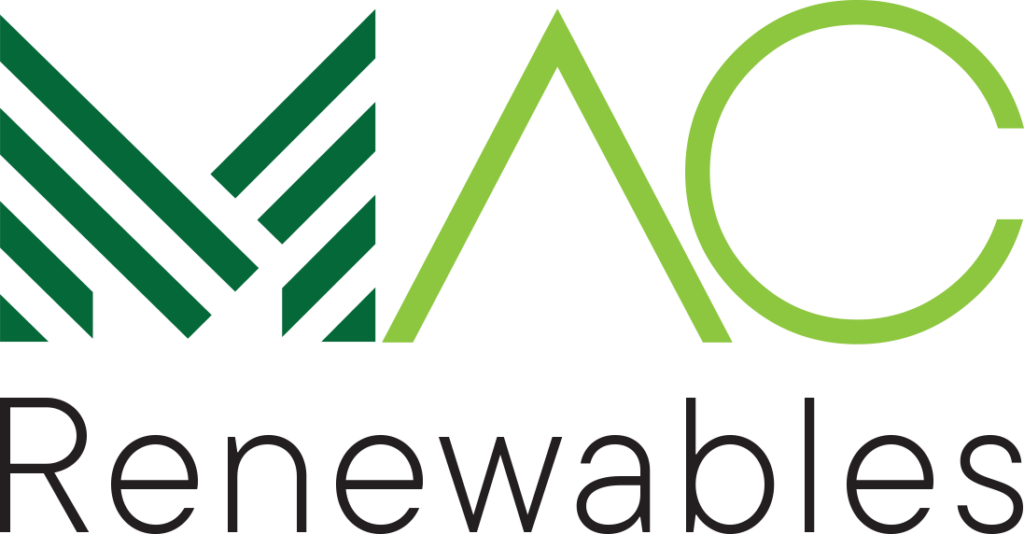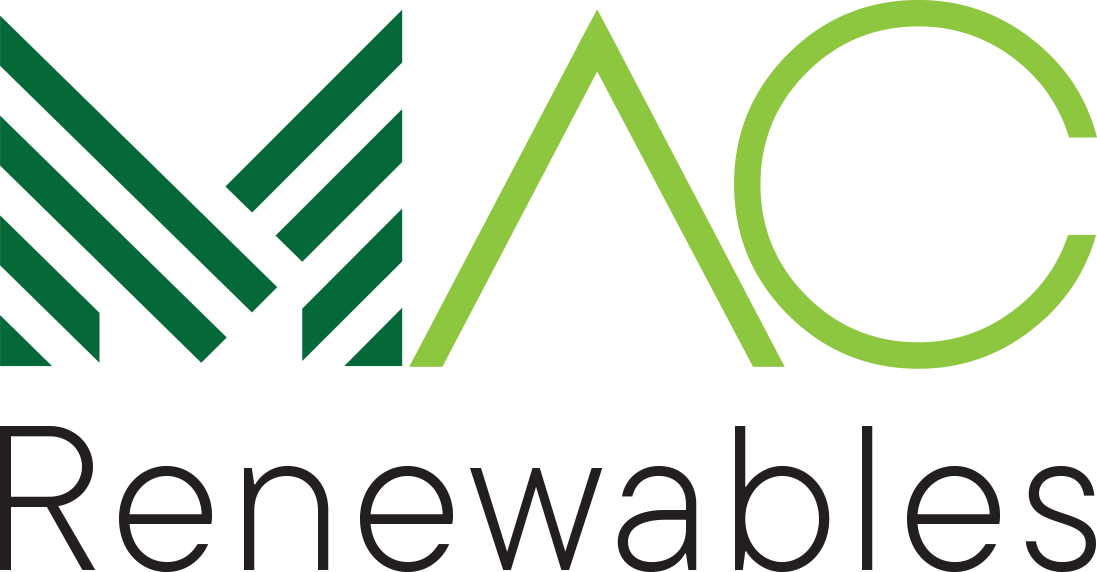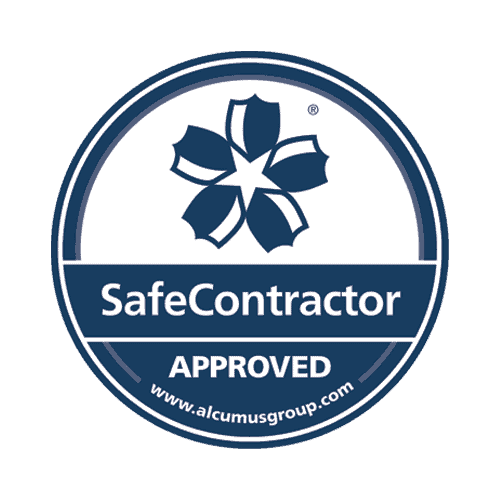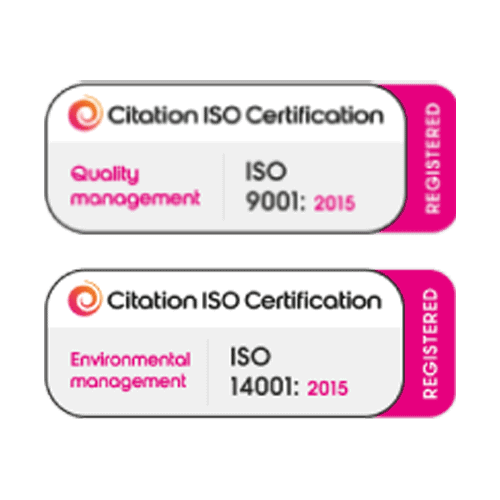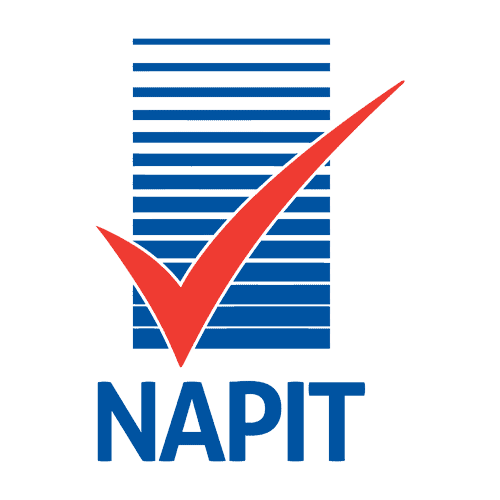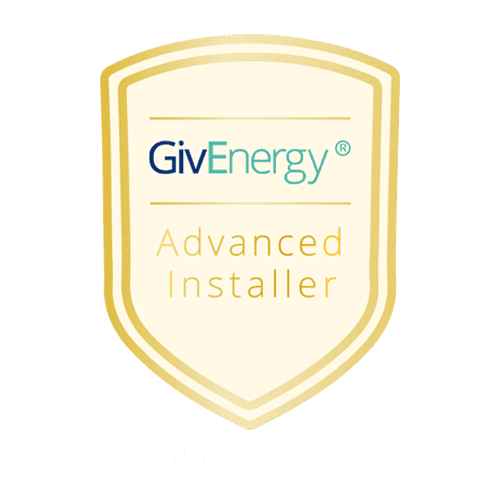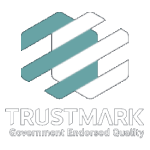Do I Need Planning Permission for Solar Panels
Table of Contents
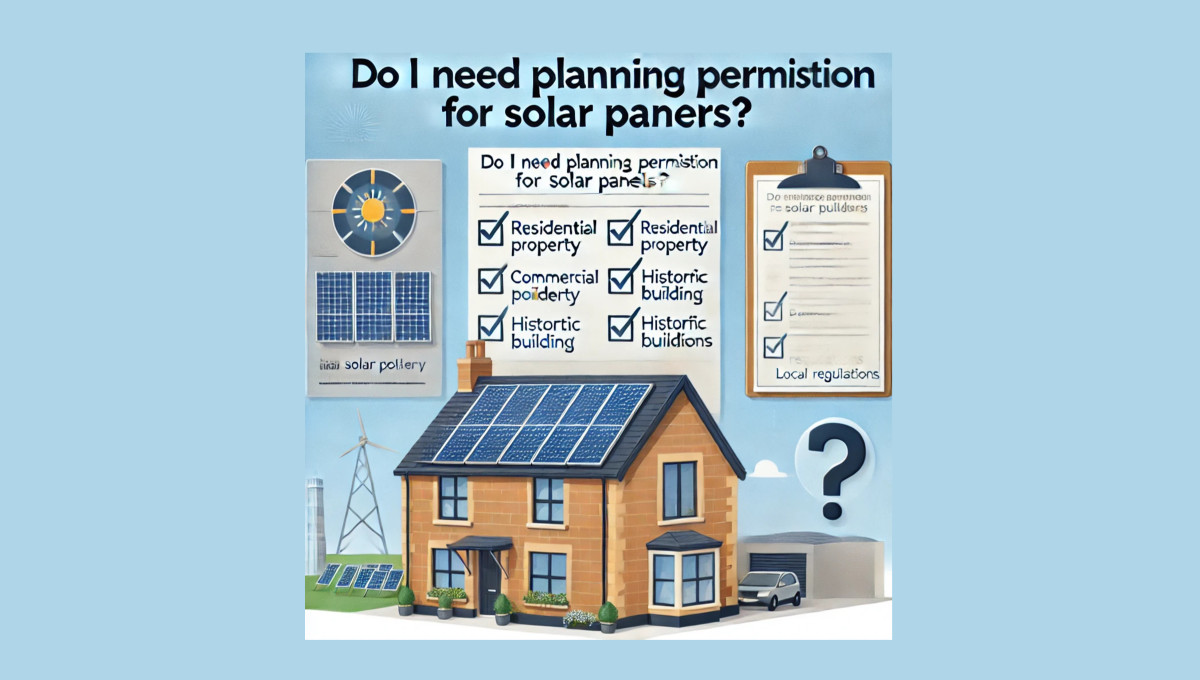
Imagine the bureaucratic nightmare of installing solar panels without knowing if you need planning permission. You might think it’s straightforward, but various factors like your property’s location and visibility from public roads can complicate things. If your home is a listed building or in a conservation area, the rules get even stricter. Consulting your local planning authority is essential to avoid any legal hiccups. Curious about the specific criteria and how to navigate this process smoothly? Let’s explore what you need to know to stay compliant and save yourself future headaches.
Overview of Planning Permission
When planning to install solar panels, it’s important to understand whether you need planning permission based on your property’s specific characteristics. Generally, if the panels aren’t visible from a road, you likely won’t need planning permission. However, certain properties like listed buildings, flats, and those in conservation areas often have stricter regulations.
Your first step should be to consult with your local planning authority. They can provide specific requirements tailored to your property. This guarantees you’re compliant with local regulations and avoids any potential legal issues down the line. It’s crucial to confirm if planning permission is needed, especially for properties with unique historical or architectural significance.
Additionally, consider how the installation might affect the appearance and functionality of your area. Solar panels should blend seamlessly with the environment to maintain the aesthetic integrity of the neighborhood.
Criteria for Permitted Development
To qualify for permitted development, solar panels must minimize their impact on both the building’s appearance and the surrounding area. You’ll need to make sure that your installation adheres to several key criteria. First and foremost, you can have one standalone solar panel per property under permitted development rights. This means you won’t need formal planning permission as long as you comply with the regulations.
Height restrictions are vital. Standalone solar panels shouldn’t exceed a specific height, and they must be a certain distance from property boundaries to avoid infringing on neighboring land or aesthetics. Additionally, there are specific size limitations on the surface area of these panels, which guarantees they don’t dominate the landscape or the structure they’re mounted on.
It’s also important to plan for the future. Permitted development rights require you to remove the standalone panels when they’re no longer needed. This keeps the property tidy and maintains its visual appeal.
Here’s a simplified breakdown of these criteria:
| Criteria | Description | Requirement |
|---|---|---|
| Number of Panels | Standalone solar panels per property | One |
| Height and Proximity | Height restrictions and distance from boundaries | Must comply with local regulations |
| Surface Area Limitations | Size limitations on the surface area of panels | Specific size restrictions apply |
Special Cases and Exceptions
In certain situations, installing solar panels requires additional permissions and adherence to specific regulations, particularly for listed buildings and properties in conservation areas. If your property is a listed building, you’ll need both listed building consent and planning permission before proceeding with the installation. This guarantees that the historical and architectural integrity of the building is preserved.
For properties within conservation areas, there are often stricter regulations to maintain the character and appearance of the neighborhood. In these cases, planning permission for solar panel installations is typically required. It’s essential to check with your Local Planning Authority (LPA) to understand any specific restrictions that may apply to your property.
Additionally, solar panels installed on flat roofs usually require planning permission, unlike those on pitched roofs, which often fall under permitted development rights. The discretion of your LPA plays a significant role, so always verify the requirements for your specific circumstances.
Understanding these special cases and exceptions will help you navigate the planning process more effectively, ensuring that your solar panel installation complies with all necessary regulations and contributes positively to the broader community.
Planning Permission Process
Securing planning permission for solar panels involves several key steps to guarantee compliance with local regulations and successful project approval. First, gather all necessary information and documentation for the planning application process. This typically includes site plans, design specifications, and any environmental impact assessments. Once you’ve compiled these documents, submit the application to your local planning authority.
After submission, you’ll need to wait for the local planning authority to review and assess your application. They will consider factors such as the impact on the appearance of your property and its surroundings. If any conditions are specified, be certain to comply with them to avoid any legal issues.
Here’s a concise overview of the planning permission process:
| Step | Action | Notes |
|---|---|---|
| 1. Information | Gather all necessary documents | Includes site plans, environmental assessments |
| 2. Submission | Submit to local planning authority | Ensure all documents are complete |
| 3. Review | Wait for assessment | Local authority reviews the application |
| 4. Decision | Receive planning permission | Includes any specified conditions |
| 5. Compliance | Adhere to conditions if approved | Be certain all conditions are met |
Following these steps will help you navigate the planning permission process smoothly, ensuring your solar panel installation is both compliant and successful.
Recent Regulatory Updates
Amidst evolving environmental priorities, the UK government has recently updated regulations to make solar panel installations more accessible and cost-effective for homeowners. As of November 2023, significant changes have been introduced to simplify the process and encourage more properties to adopt solar energy solutions.
Here are three key updates:
- Relaxed Permitted Development Requirements in Conservation Areas: Previously, installing solar panels in conservation areas often required rigorous permissions, leading to delays and increased costs. The relaxed rules mean you can now proceed without extensive bureaucratic hurdles.
- No Planning Permission for Flat Roof Installations: If your home has a flat roof, you no longer need planning permission to install solar panels. This change drastically reduces the time and expense involved in the installation process, making it easier for you to shift to renewable energy.
- Focus on Speed and Cost Reduction: The overarching goal of these updates is to minimize delays and financial burdens for homeowners. By streamlining the regulations, the government aims to boost the adoption of environmentally friendly practices across the country.
Always review specific regulations in your area to ensure compliance, as local variations may still apply. This proactive step will help you make informed decisions about your solar panel installation.
Appealing Planning Decisions
If your solar panel installation application faces rejection, you have the right to appeal the planning decision through a structured process. Begin by examining whether the rejection contravenes the local planning authority‘s development plan. If their decision appears inconsistent with established guidelines, this could form the basis of your appeal.
You can also appeal if you believe the imposed conditions are unnecessary, unenforceable, or vague. For example, if the conditions attached to approval lack clarity or seem unreasonable, these can be grounds for challenging the decision.
Additionally, should the local authority fail to provide a decision within the agreed-upon timeframe, you’re entitled to appeal on the basis of non-determination.
To initiate the appeal, follow the specific procedures outlined by your local planning authority. This may include submitting documentation that underscores your case and attending a hearing if required. Participation in a hearing allows you to present your arguments directly, ensuring your concerns are fully heard.
Choosing a Qualified Installer
Selecting a qualified installer is fundamental to guaranteeing your solar panel system is safe, efficient, and compliant with industry standards.
Here’s how to make an informed choice:
- Accreditation: Look for installers accredited by the Microgeneration Certification Scheme (MCS) and the Home Insulation & Energy Systems (HIES). These certifications assure the installer has the necessary knowledge, qualifications, and experience to perform solar panel installations to the highest safety and quality standards.
- Research: Investigate the company’s background and read customer reviews. This will help you gauge their reliability and customer satisfaction. A reputable installer will have positive feedback and a proven track record of successful installations.
- Consumer Protection: Make sure the installer is a member of HIES. This membership offers consumer protection measures such as deposit protection, insurance-backed guarantees, and dispute resolution. These safeguards provide peace of mind, knowing your investment is protected.
Consumer Protection Measures
When you select an HIES accredited installer, you gain extensive consumer protection measures that safeguard your investment throughout the solar panel installation process. HIES accreditation guarantees you receive free deposit protection, stage payment protection, and insurance-backed guarantees. This means your financial investment is secure from the moment you make a deposit until the completion of your project.
HIES provides thorough mediation services and access to an Ombudsman if disputes arise. This layer of protection guarantees that any issues are resolved efficiently and fairly, giving you peace of mind. HIES’s focus is to protect consumers before, during, and after the installation, ensuring a smooth experience.
Here’s a quick overview of the consumer protection measures offered by HIES:
| Protection Measure | Description | Benefit to Consumer |
|---|---|---|
| Deposit Protection | Covers your initial payment until installation begins | Financial security from the outset |
| Stage Payment Protection | Safeguards payments made throughout installation | Protects incremental payments |
| Insurance-Backed Guarantees | Ensures warranty coverage even if the installer stops trading | Long-term assurance |
Frequently Asked Questions
How Many Solar Panels Can I Have Without Planning Permission?
You can generally install solar panels without planning permission if they aren’t visible from a road. However, specific conditions apply, so consult your local planning authority to confirm the allowed number and any restrictions.
Do I Need Neighbours Permission for Solar Panels?
You don’t need your neighbours’ permission to install solar panels. However, it’s courteous to inform them and discuss any potential concerns, especially if the installation might impact their property or sunlight. Communication fosters good community relations.
Do I Need Building Regulation Approval for Solar Panels?
Yes, you need building regulation approval for solar panels. It’s essential to make sure your installation complies with safety and quality standards. This guarantees structural and electrical safety, particularly for listed buildings, conservation areas, and non-domestic properties.
Do You Have to Declare Solar Panels?
Well, isn’t it enjoyable exploring yet another layer of bureaucracy? You’ll need to declare solar panels, especially for properties in conservation areas or listed buildings. Always check with your local planning authority to guarantee compliance and avoid penalties.
Conclusion
To conclude, installing solar panels can feel like finding your way through a maze, but it’s essential to grasp the planning permission requirements. Always consult your local planning authority to make sure you’re compliant, especially if you’re in a designated area.
With the correct information and a certified installer, you’ll be enjoying the benefits of renewable energy in no time. Stay informed, and you’ll discover this experience smoother than you might’ve ever imagined.
